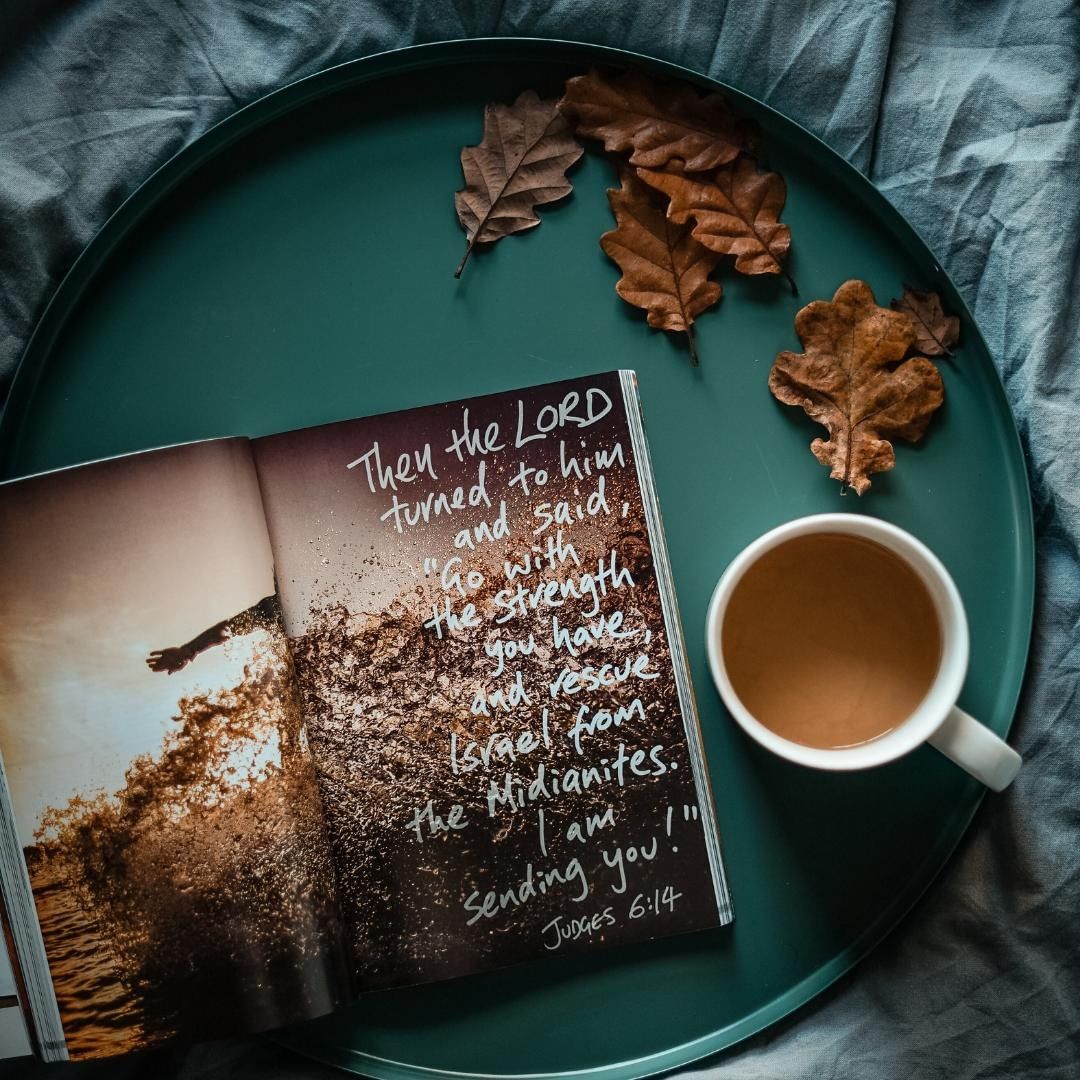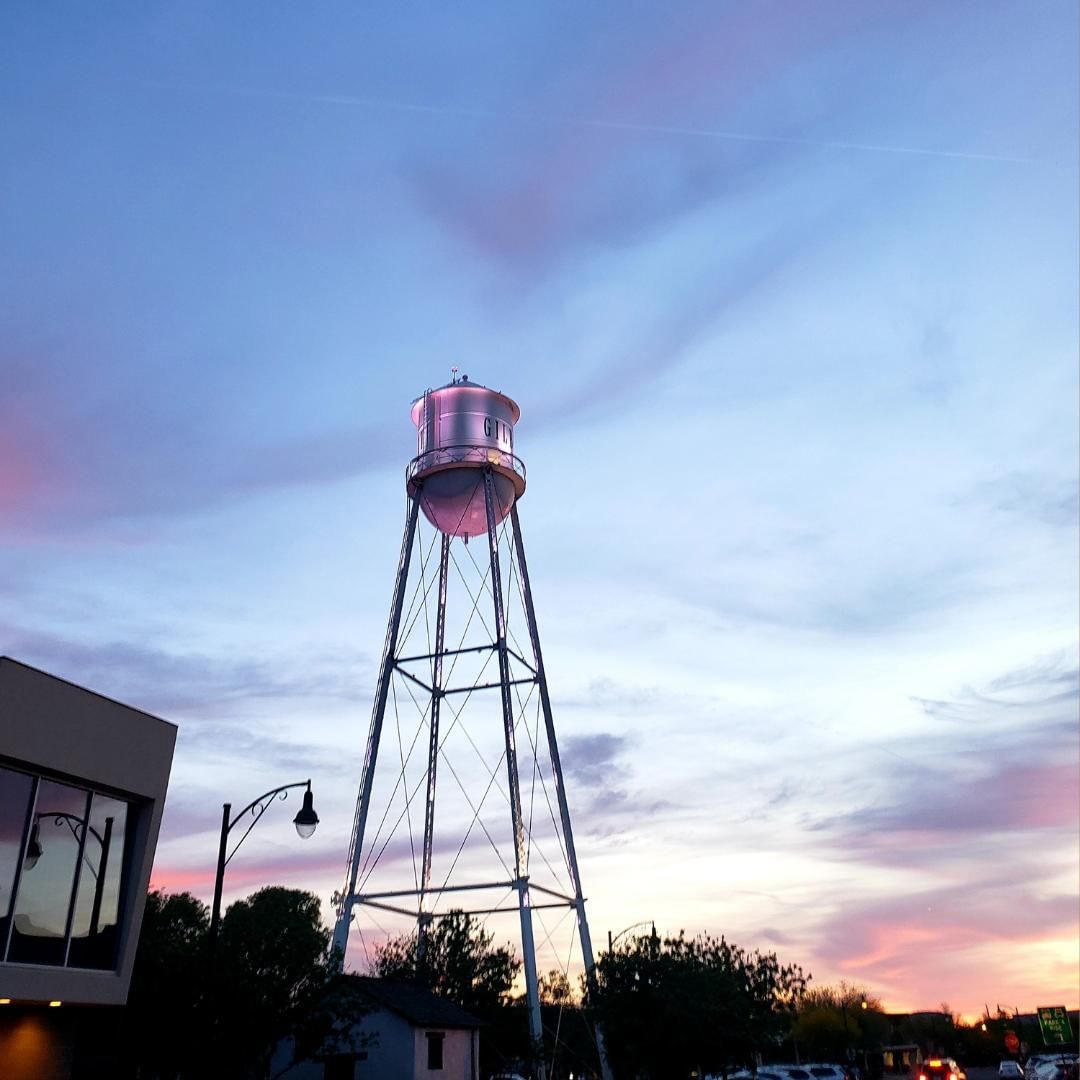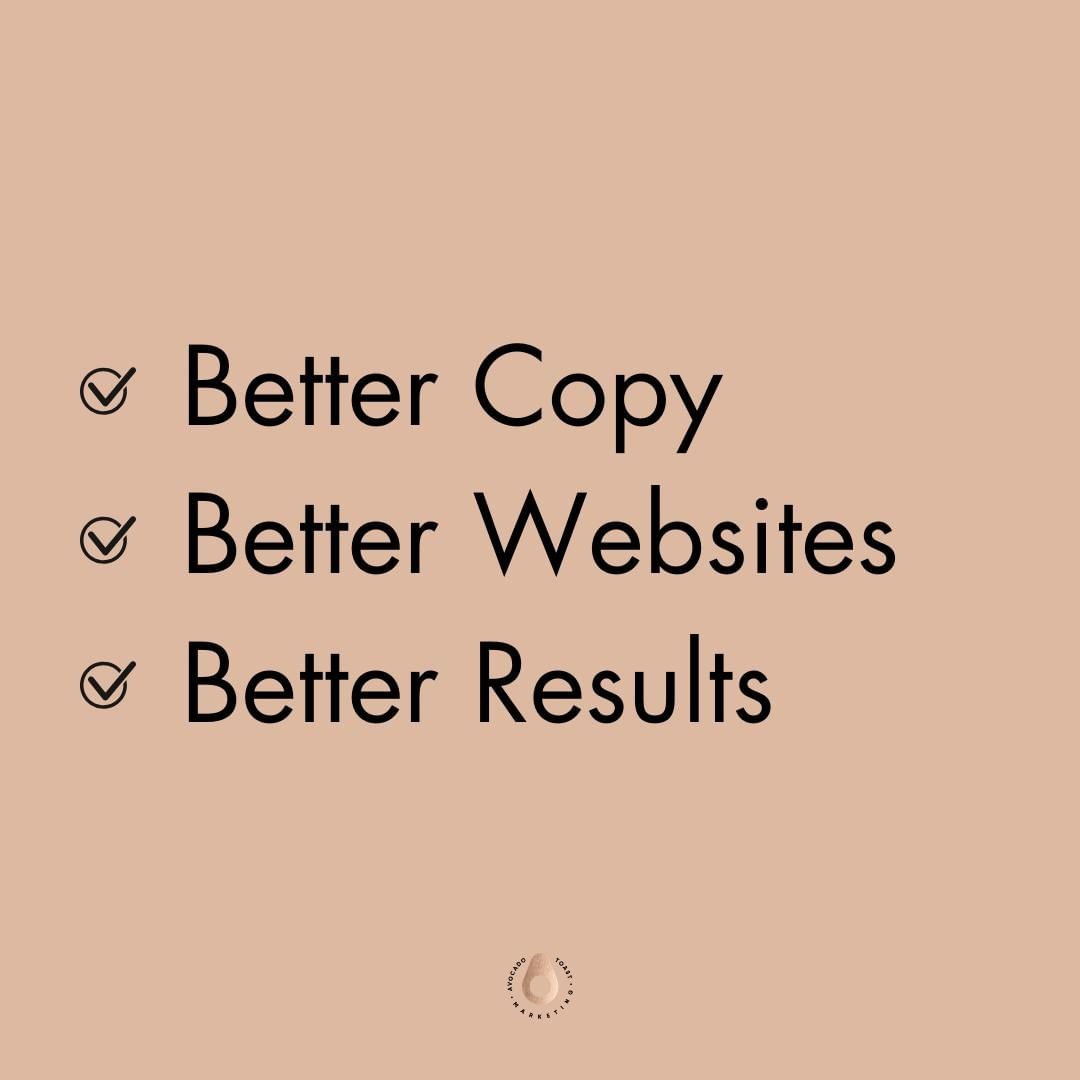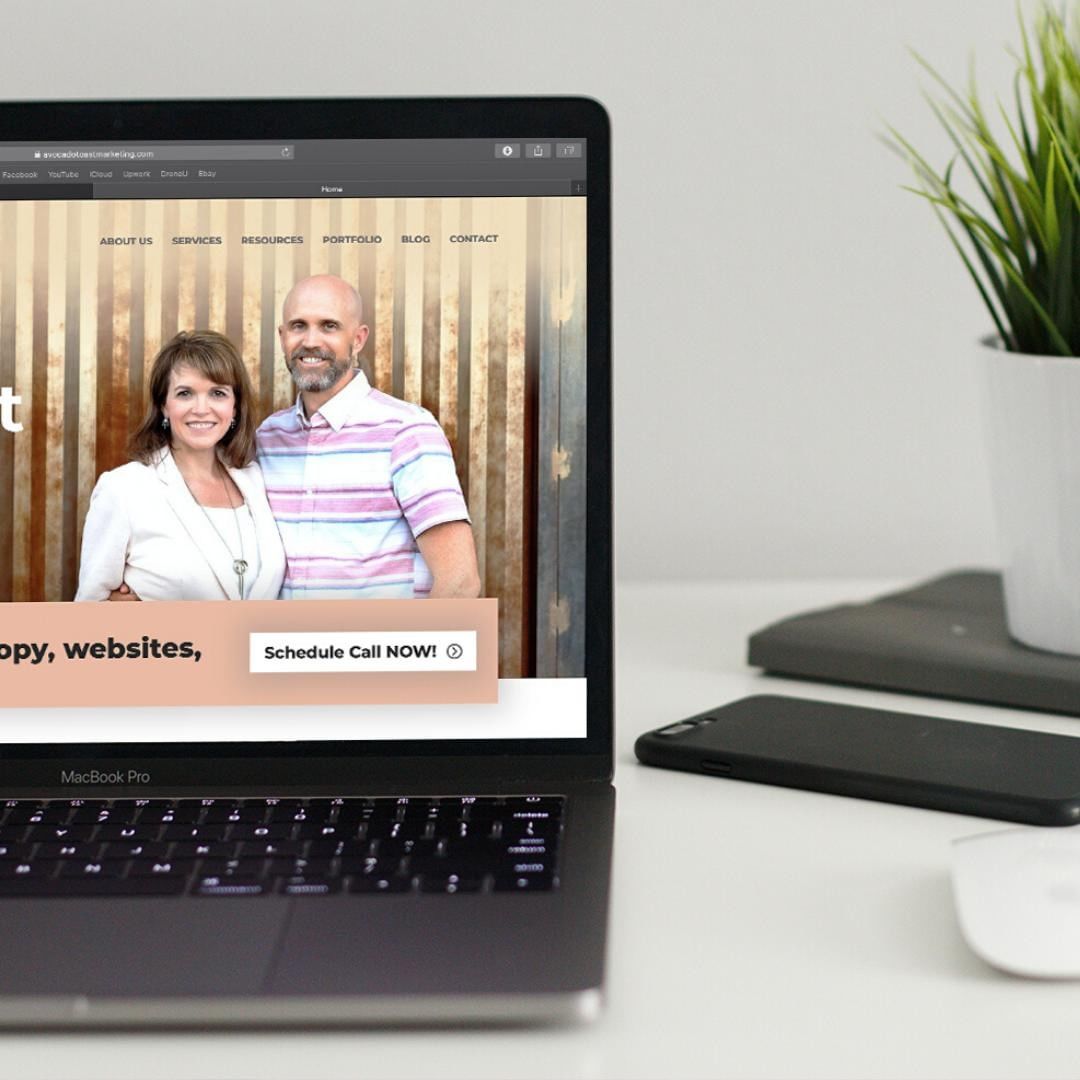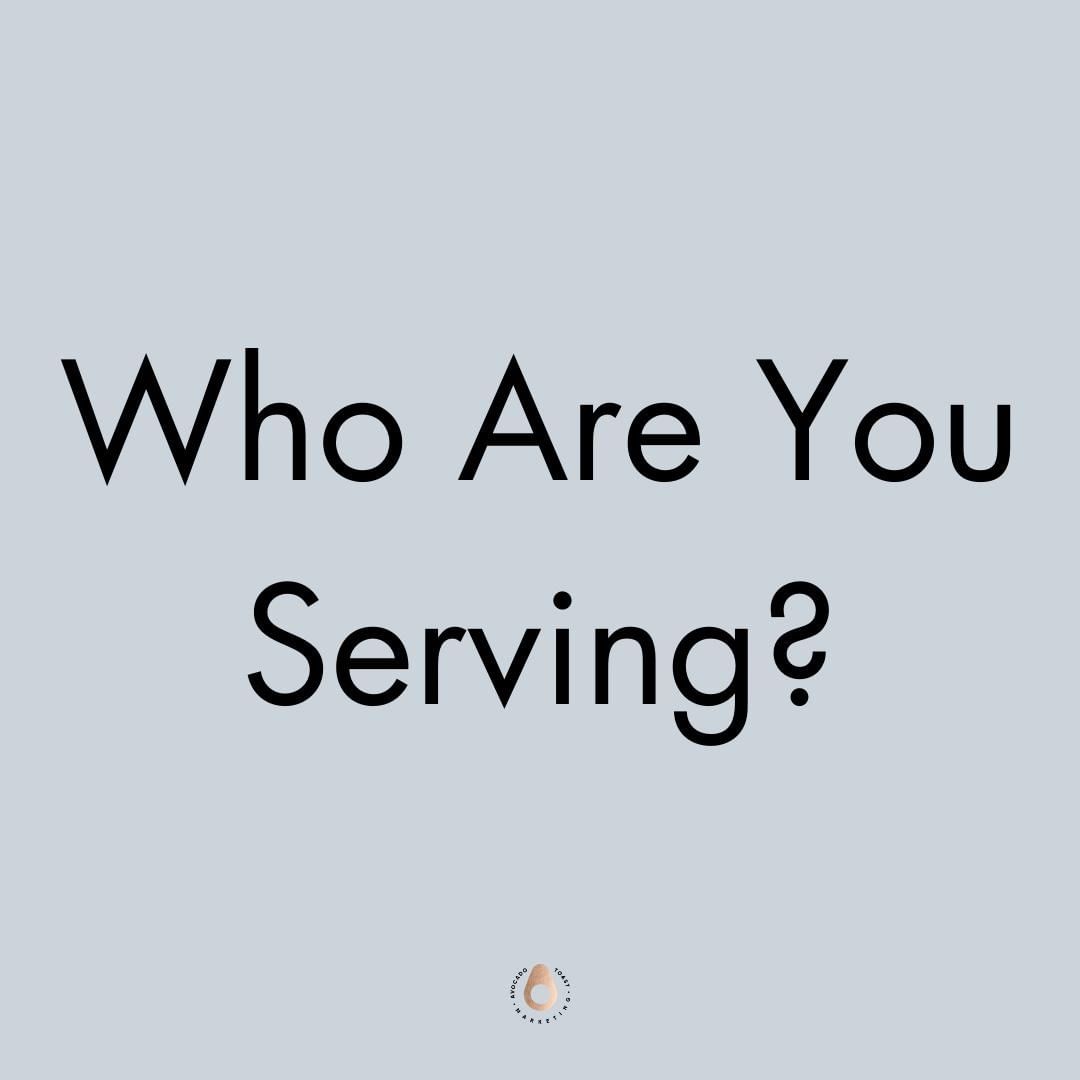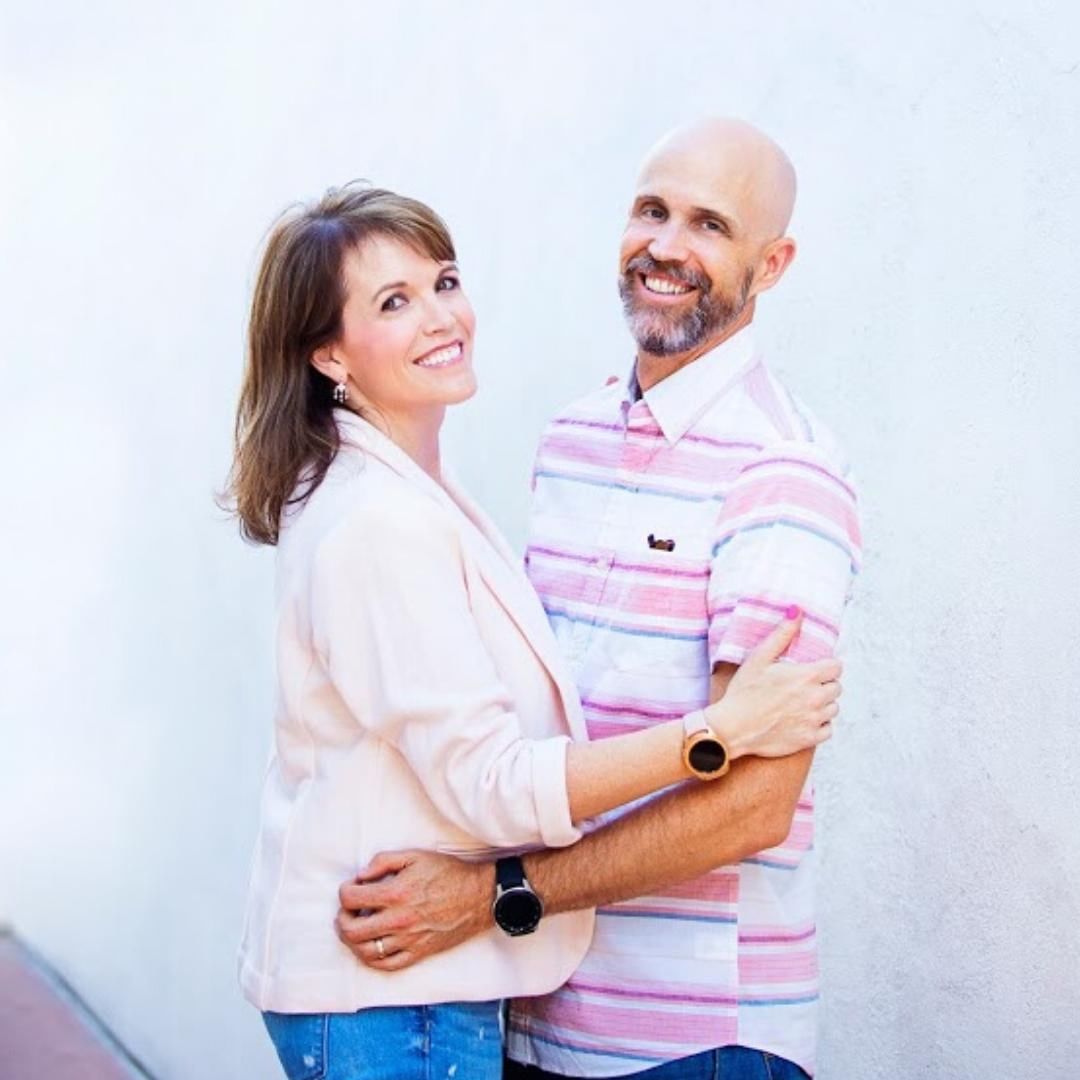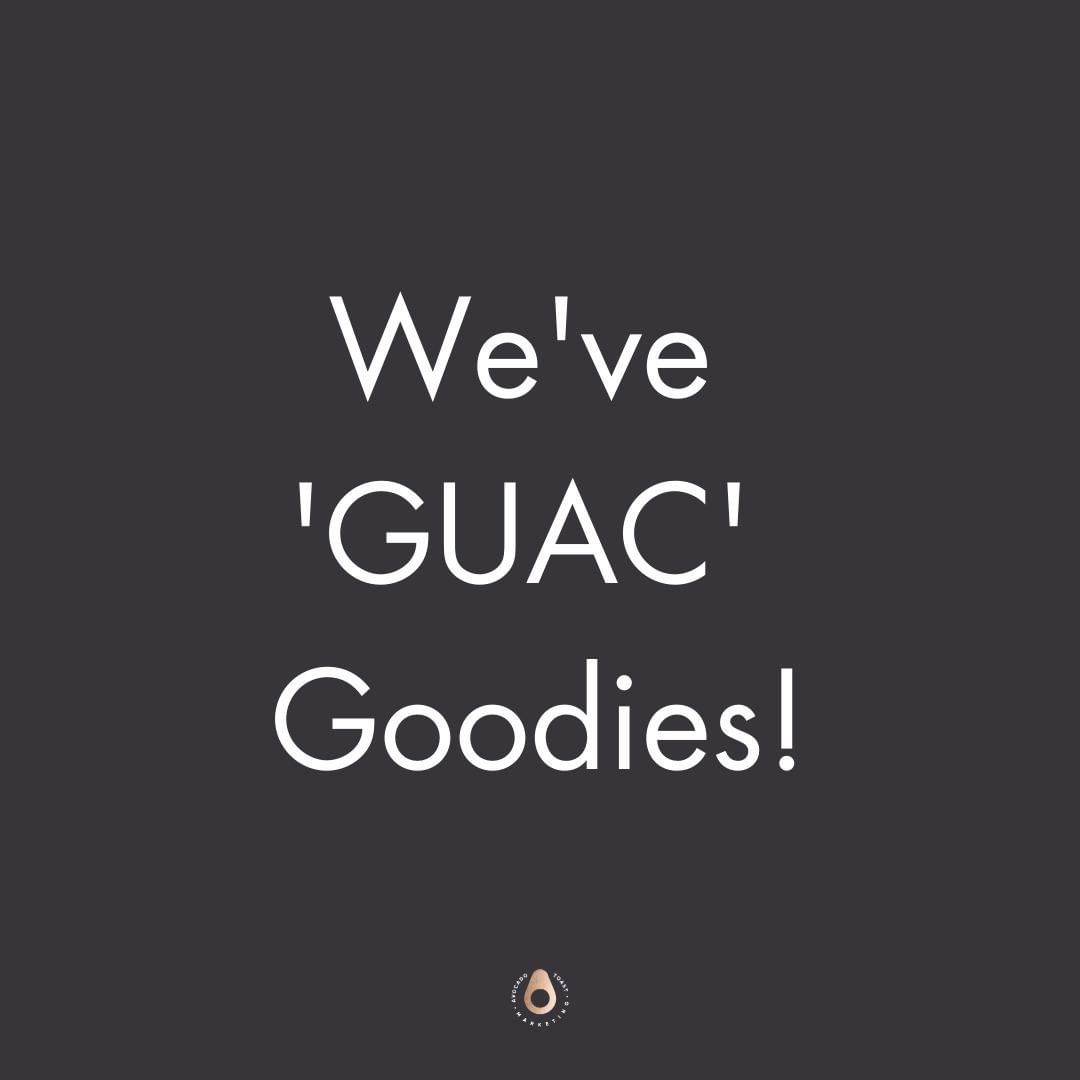Blog Detail
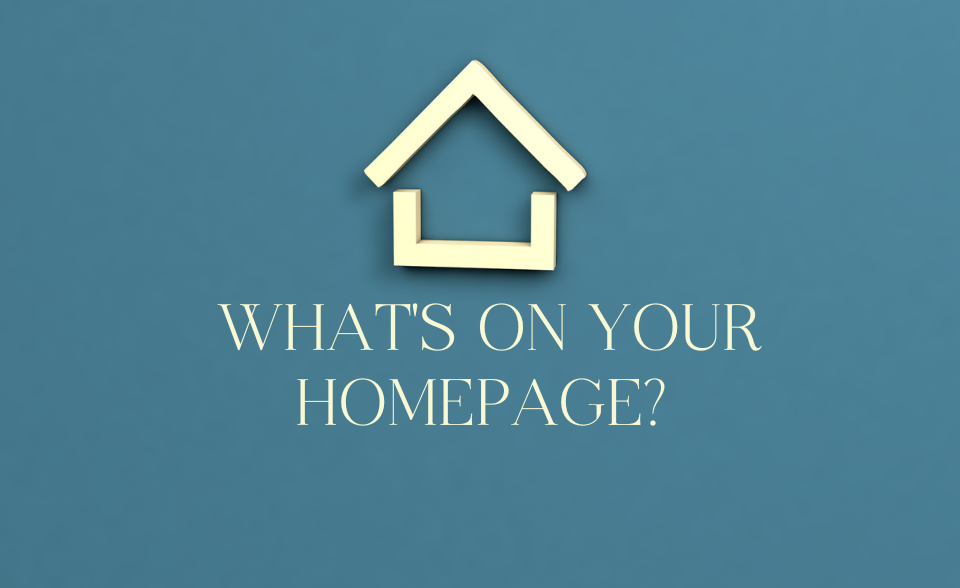
8 Elements You Need on Your Home Page + Real-Life Examples You’ll Love
When it comes to websites, the most crucial page is the home page. It’s usually the first point of contact between your business and your potential customers. It’s been said that you have about 5 seconds (7-8 if you’re lucky) to capture their attention and make a good first impression. If your home page isn’t visually appealing, easy to navigate, or clear on the value you provide, chances are, your users will bounce and take their business elsewhere.
In this blog post, we will discuss the 8 essential elements every home page needs, and how by integrating these elements, you can attract more customers, earn their trust, and ultimately grow your business.
1. A Clear and Compelling Headline
The headline is the first thing that visitors will see when they land on your homepage. Therefore, it should be clear, concise, and compelling. It should clearly communicate what your website is about and why visitors should stay and explore more. A good headline will entice visitors to scroll down and learn more about your website.
This website does a great job of drawing the user in with an exceptional headline. It’s concise and instantly clear what they are about. They’ve also used beautiful photography to support their message of giving hope.

2. Navigation Bar
A navigation bar is a menu that appears at the top of the homepage. It provides visitors with a clear path to the different pages on your website. The navigation bar should be easy to use, and the labels should be simple and descriptive.
Navigation doesn’t have to be fancy, but it should be clear. This site does a good job of balancing words with imagery, using a strong headline, and providing clear navigation.

3. Hero Image
A hero image is a large, eye-catching image that appears above the fold on your homepage. It should be relevant to your website’s topic and create an emotional connection with your visitors. A hero image can be a powerful tool to communicate your message and set the tone for the rest of the website.
4. Call-to-Action (CTA)
A call-to-action (CTA) is a button or link that encourages visitors to take action, such as signing up for a newsletter or making a purchase. It should be placed prominently on the homepage and be clear and easy to understand. A well-designed CTA can increase engagement and conversion rates.
This site does a great job with its hero section and CTA. The imagery, balance of words on the page, as well as a clear directive to “Book a Table” makes this hero and CTA sections our heroes!

5. About Section
An About section provides visitors with information about your website and company. It should be concise, and informative, and provides an overview of your website’s purpose and goals. Including a brief history, your mission statement, and the services you offer will give visitors a good idea of what your website is about.
An About page should be about you, but it should also be about who you serve. Tell your story, but make it relatable to the customers you’re trying to reach. Our friend, Cat Woods, does an excellent job with her about page.

6. Testimonials and Social Proof
Testimonials and social proof are excellent ways to establish credibility and trust with your visitors. Including testimonials from satisfied customers or displaying social proof, such as the number of followers or subscribers you have, can go a long way in convincing visitors to engage with your website.
AshlynWrites, has her testimonial and social proof bar beautifully displayed on her site.

7. Blog or News Section
A blog or news section can help keep your website fresh and provide visitors with valuable content. It can also help improve your website’s SEO by providing regular updates and fresh content. Including links to your latest blog posts or news articles on the homepage can encourage visitors to explore your website further.
We’re kinda proud of this blog section. It automatically refreshes providing good SEO and an even better user experience.

8. Footer
A footer is a section at the bottom of your homepage that includes important information, such as contact information, copyright information, and links to your social media profiles. It can also include links to other pages on your website, such as the privacy policy or terms and conditions.
This is one of the more fun footers we’ve found. Interactive, with a CTA, and more social proof! Well done!

Your homepage is the most important page on your website, and it should be designed to provide visitors with a clear understanding of what your website is about and why they should stay and explore further. Including the necessary components, such as a clear headline, navigation bar, hero image, call-to-action, about section, testimonials, blog or news section, and footer, can help create a website that attracts visitors and keeps them engaged.
How can you make the most of your online presence? It all starts with a killer home page design. Click to download this free evaluation tool.
TOP ARTICLES
-

5 Surprising Things to Know About Your About Page -

8 Elements You Need on Your Home Page + Real-Life Examples You'll Love -

5 Ways to Know It's Time to Rebrand Your Website -
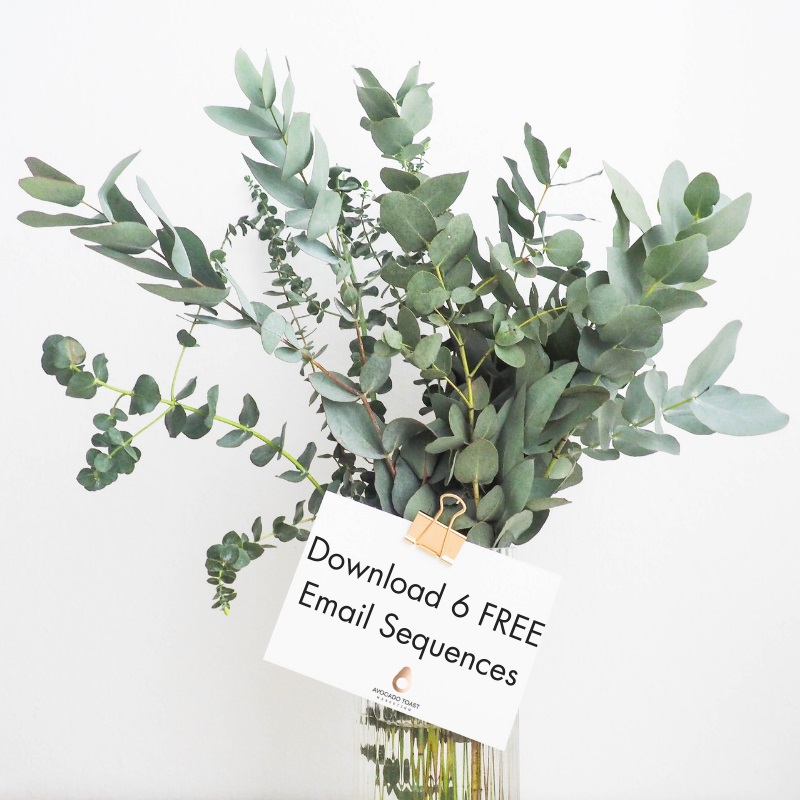
Get 6 FREE Email Sequences + Use this Quiz to GROW YOUR LIST! -
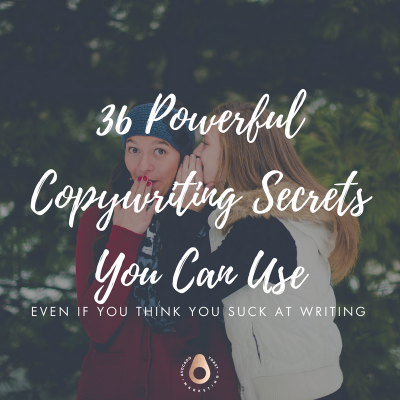
36 Powerful Copywriting Secrets You Can Use, Even if Think You Suck at Writing -

SLIDE DECK: How (and why) you Should Automate Email for your Business -

How I Became a Certified Copywriter, And You Can (and probably should) Too! -

Plan & Write Your Email Sequence with these 8 Easy Steps!




